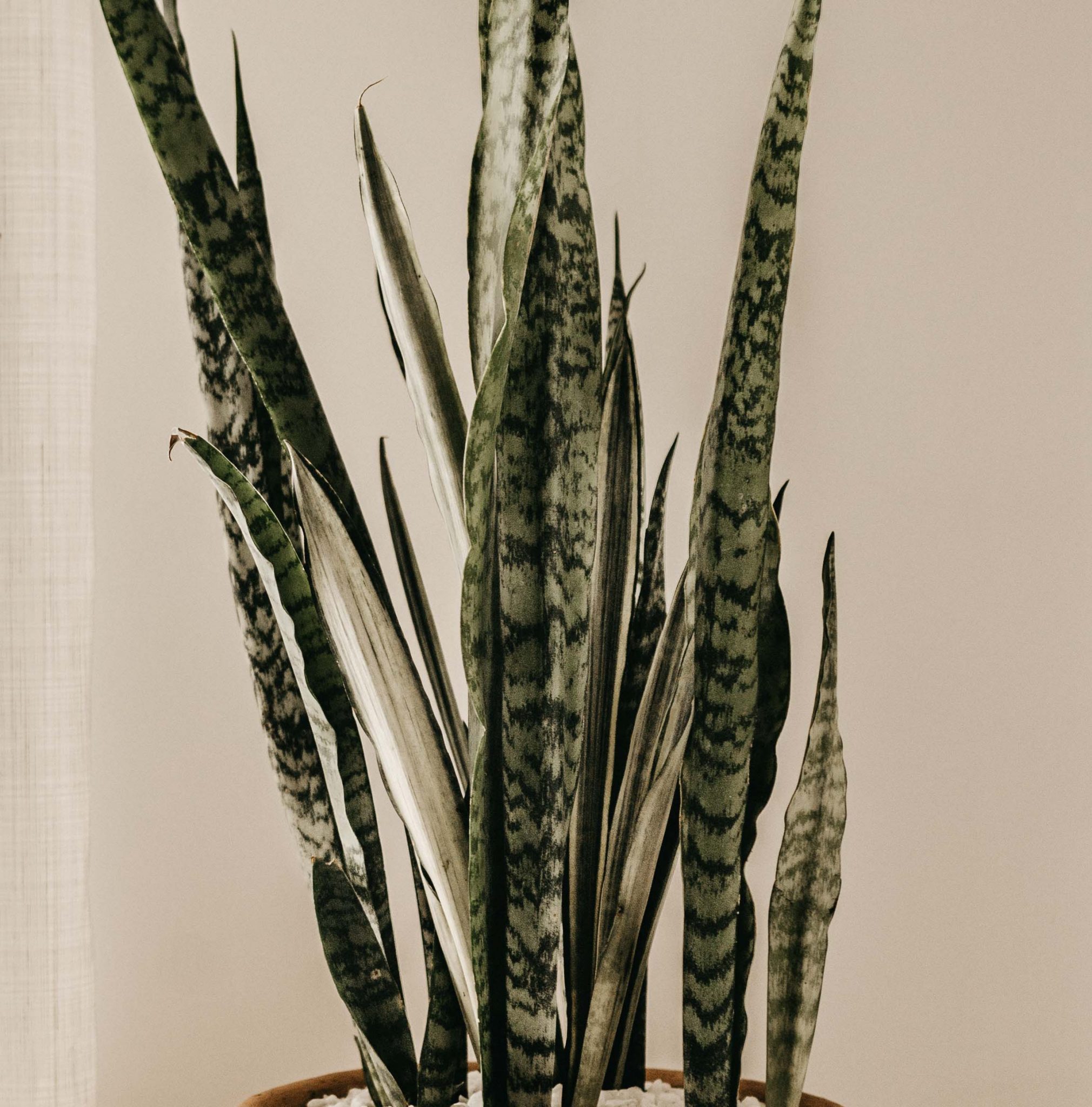Toxic Plants
Common houseplants like the Bird of Paradise, Sansevieria, and trailing Pothos plants can pose safety risks for pets. Toxic plants can cause digestive issues such as mouth irritation, vomiting, and even kidney or liver failure if consumed. Even common decorative botanicals like eucalyptus and lilies can threaten the livelihood of your new pet.
For a complete list of toxic plants, visit the ASPCA for their comprehensive list of non-pet-friendly plants.


